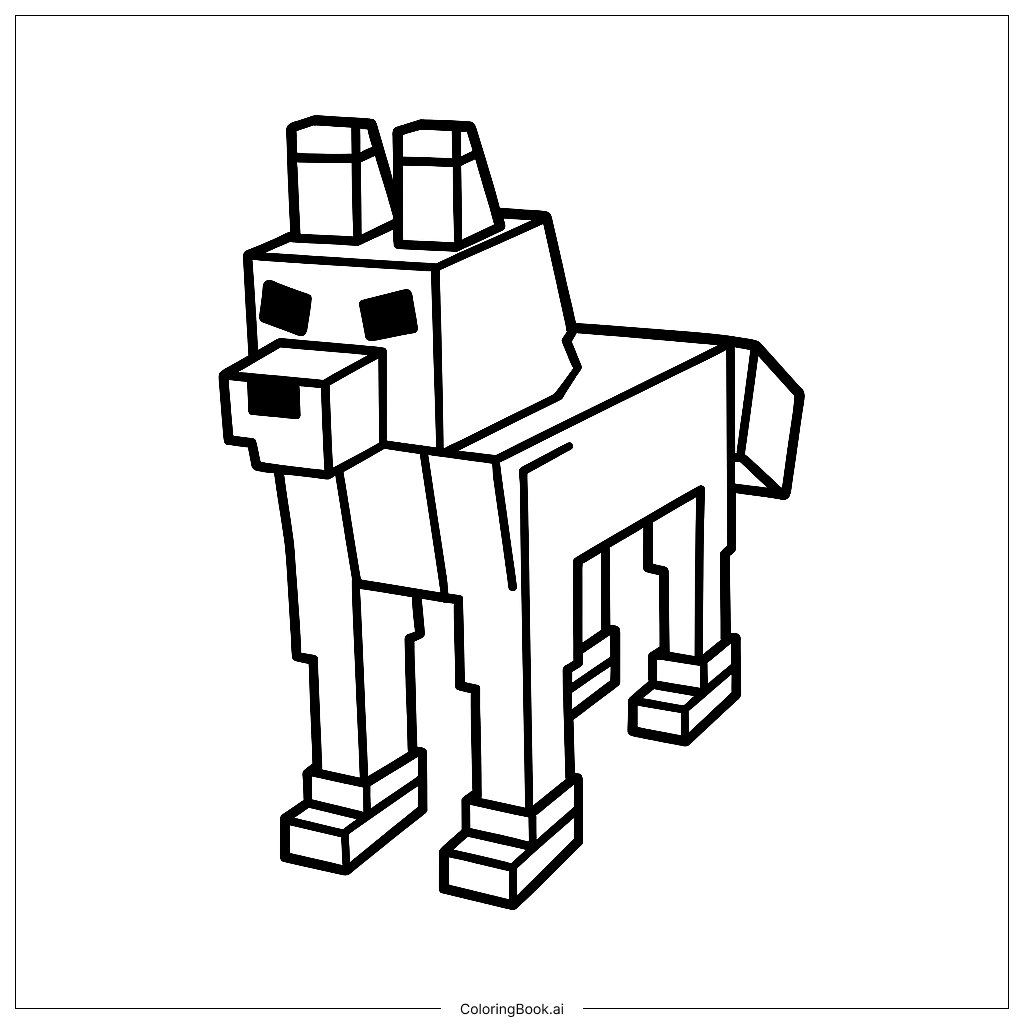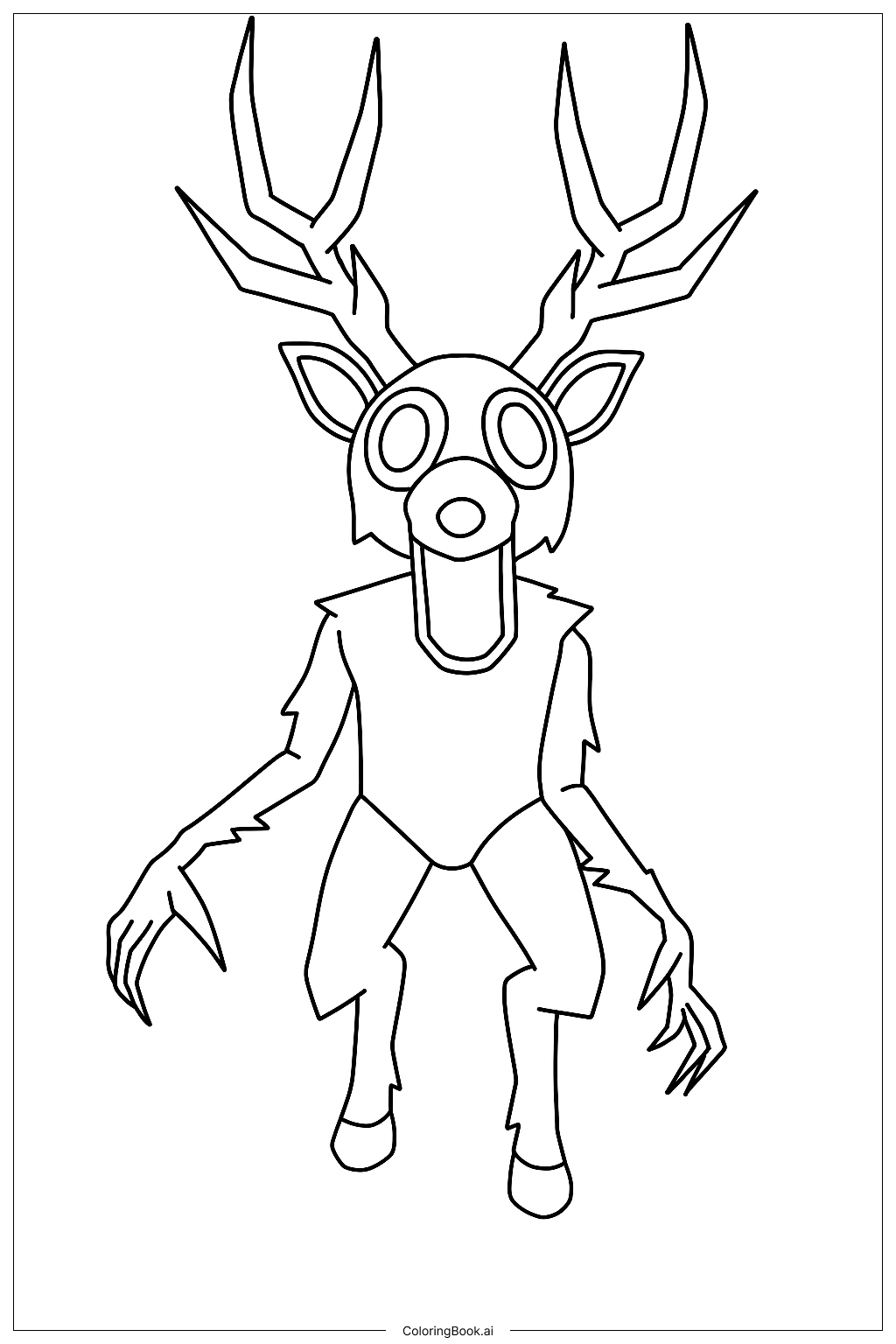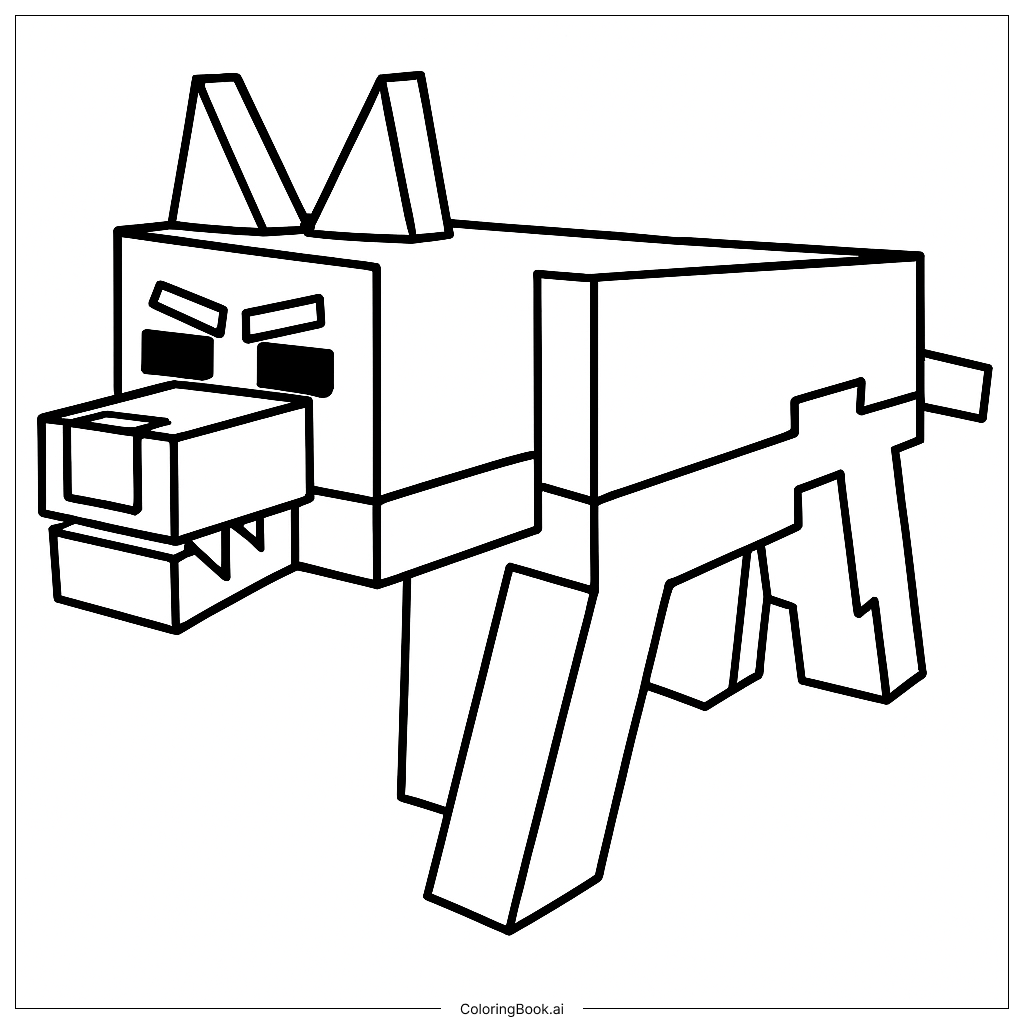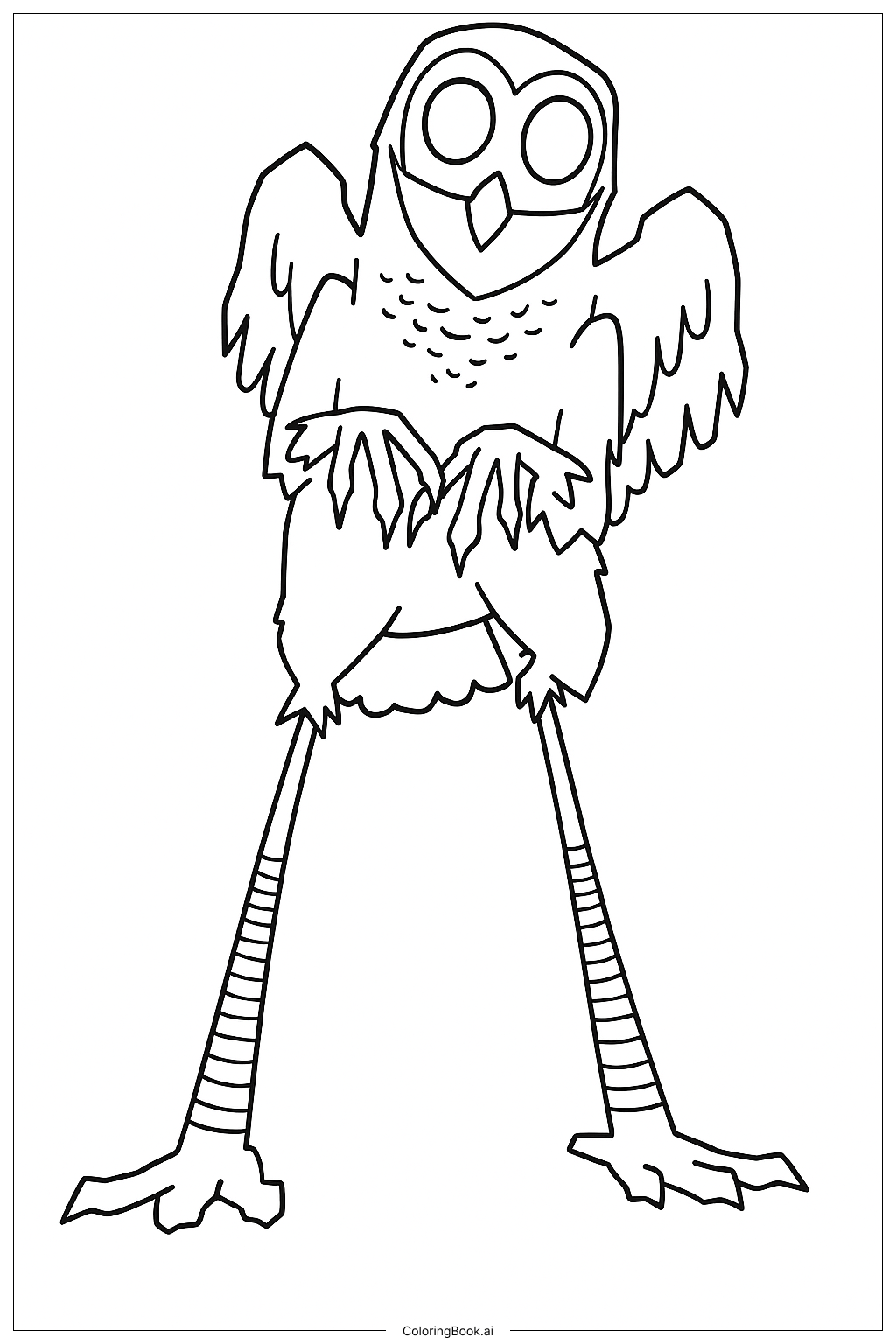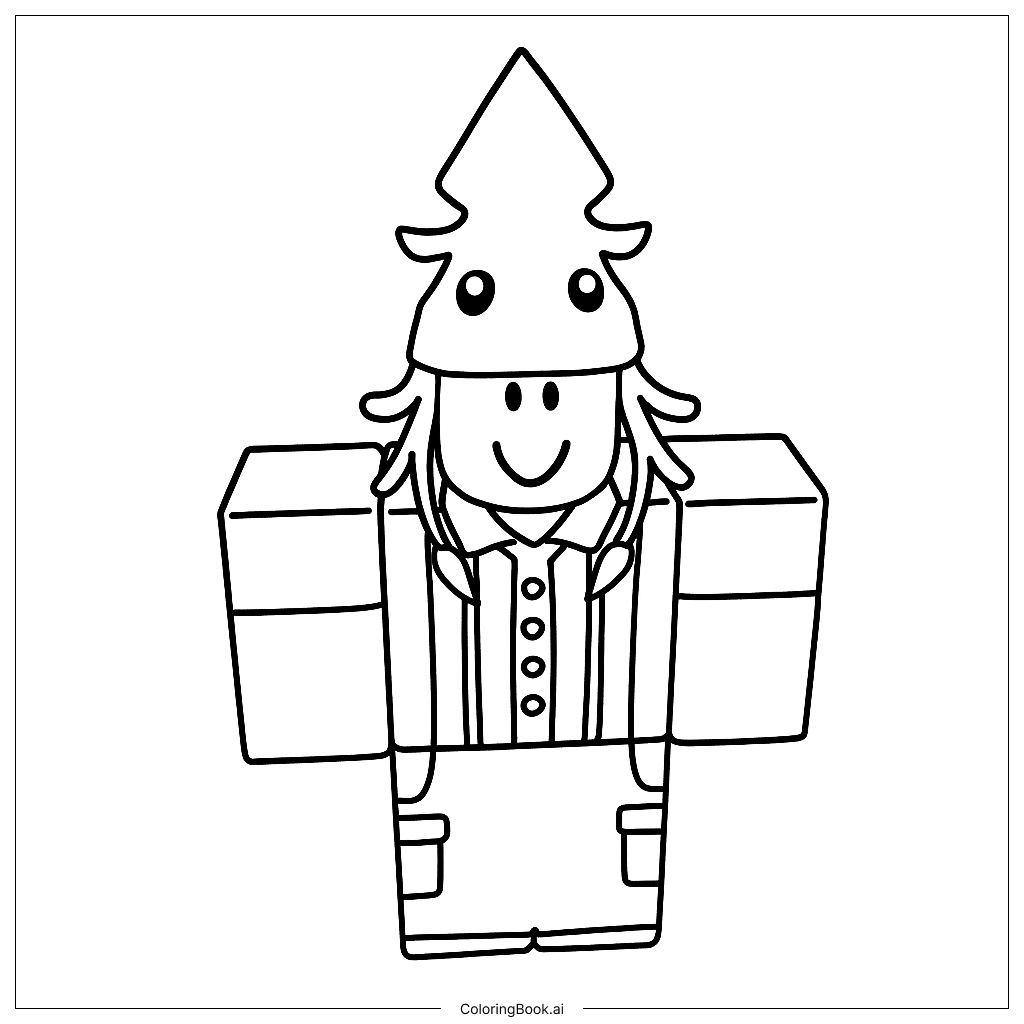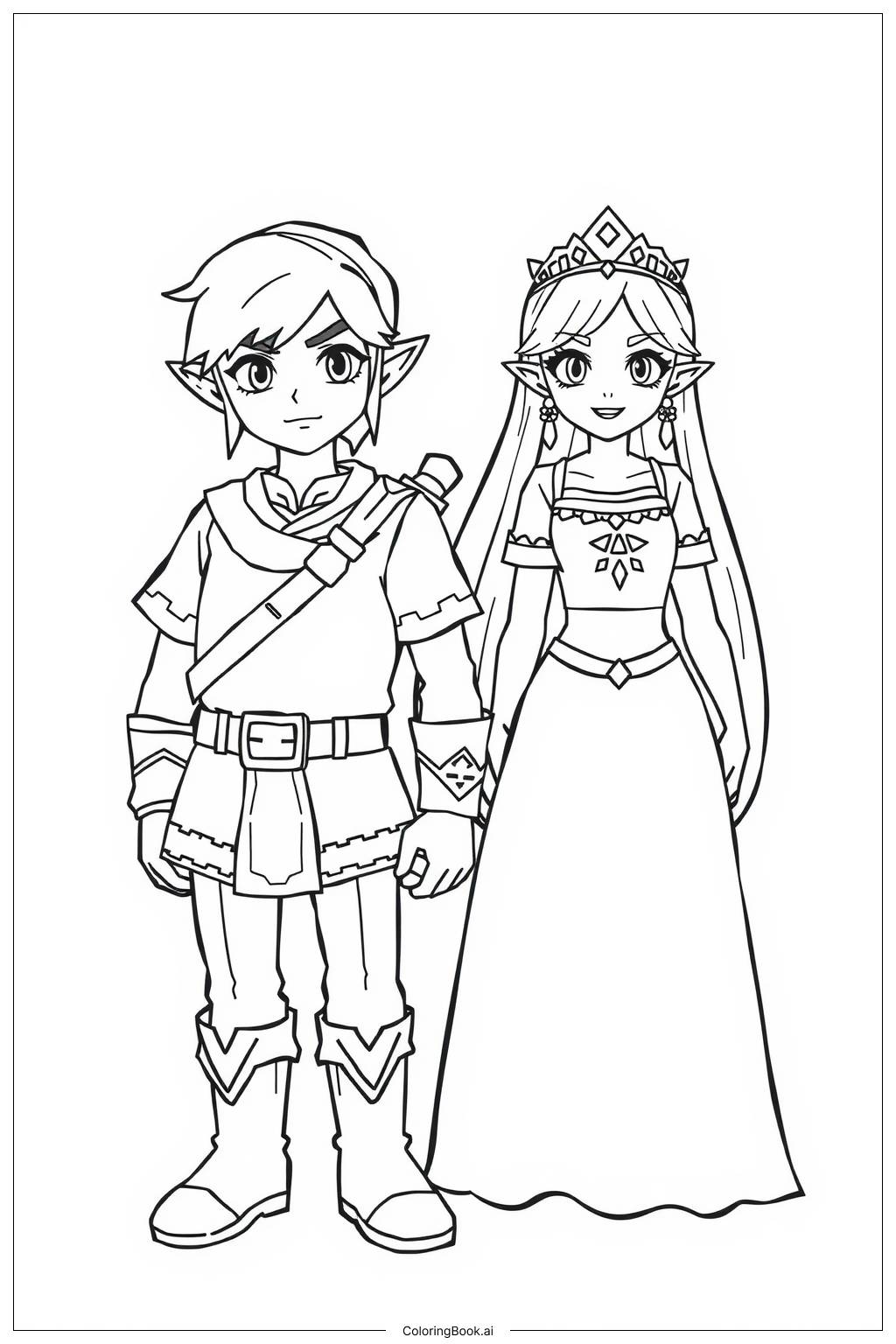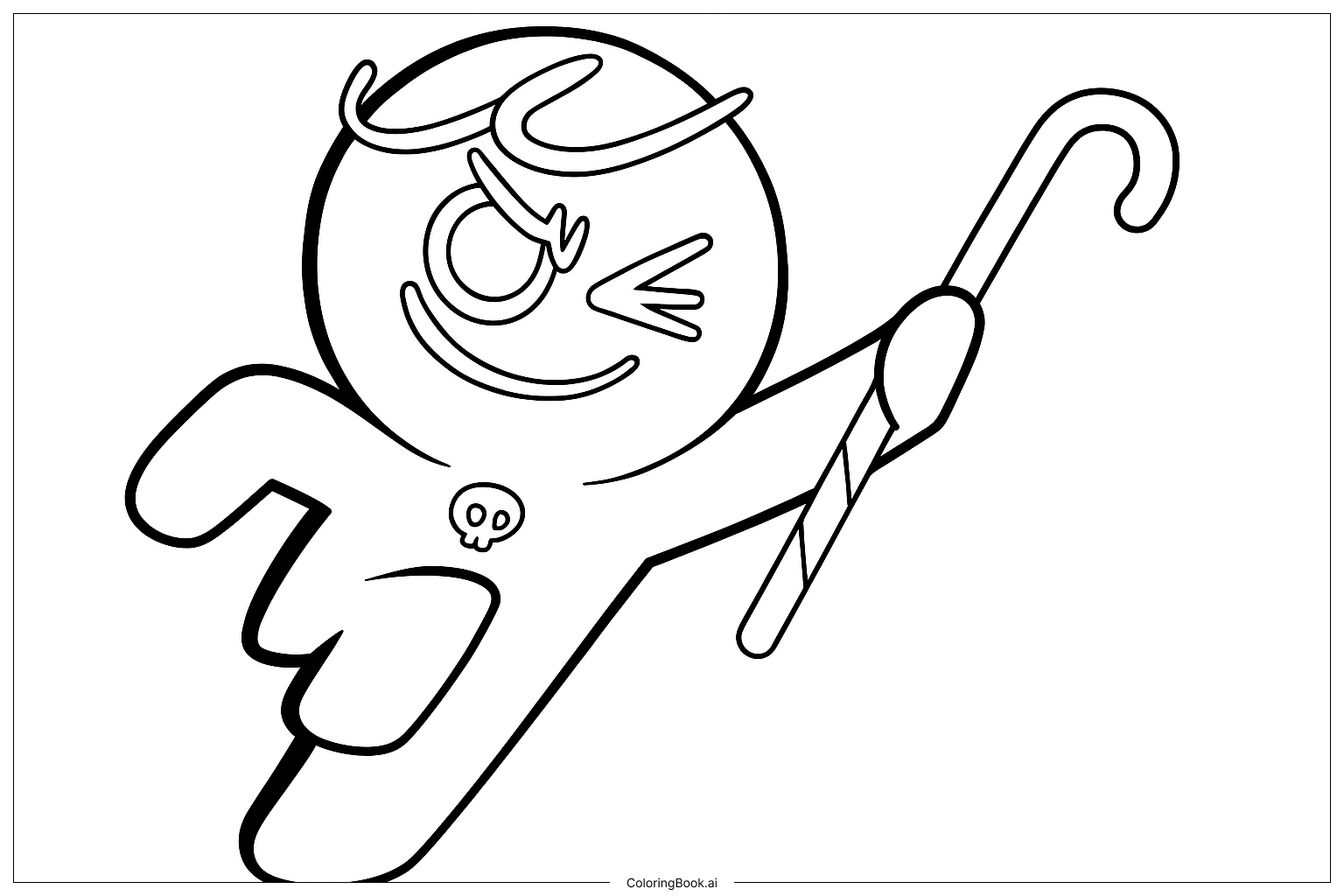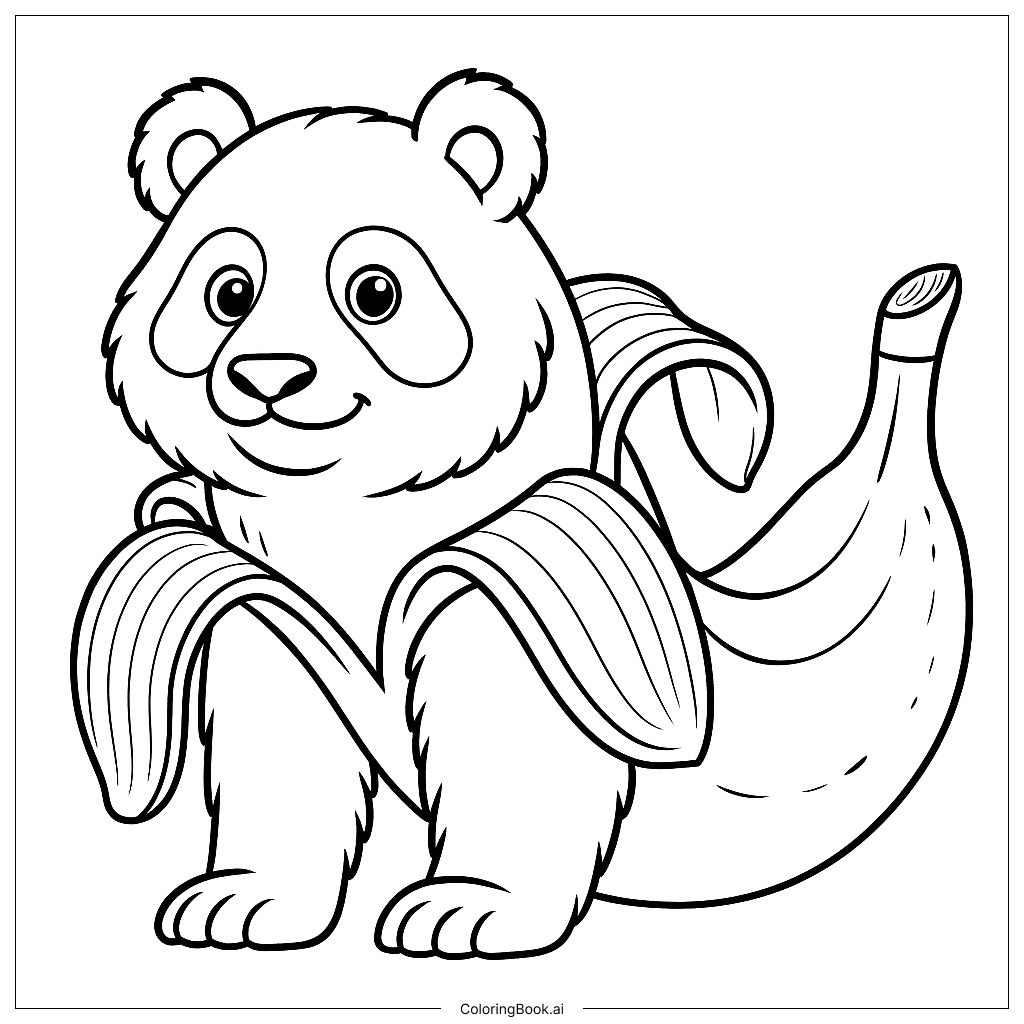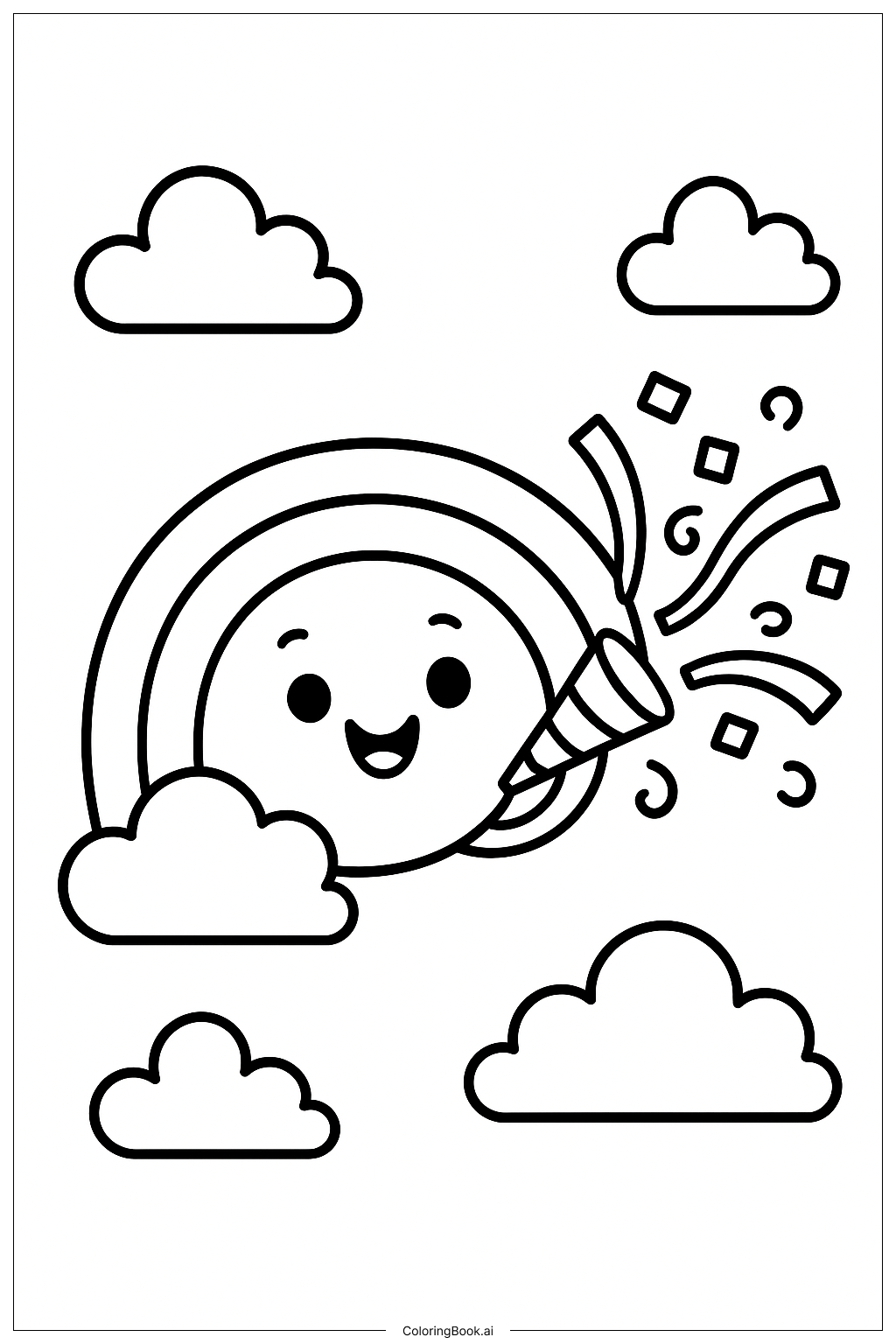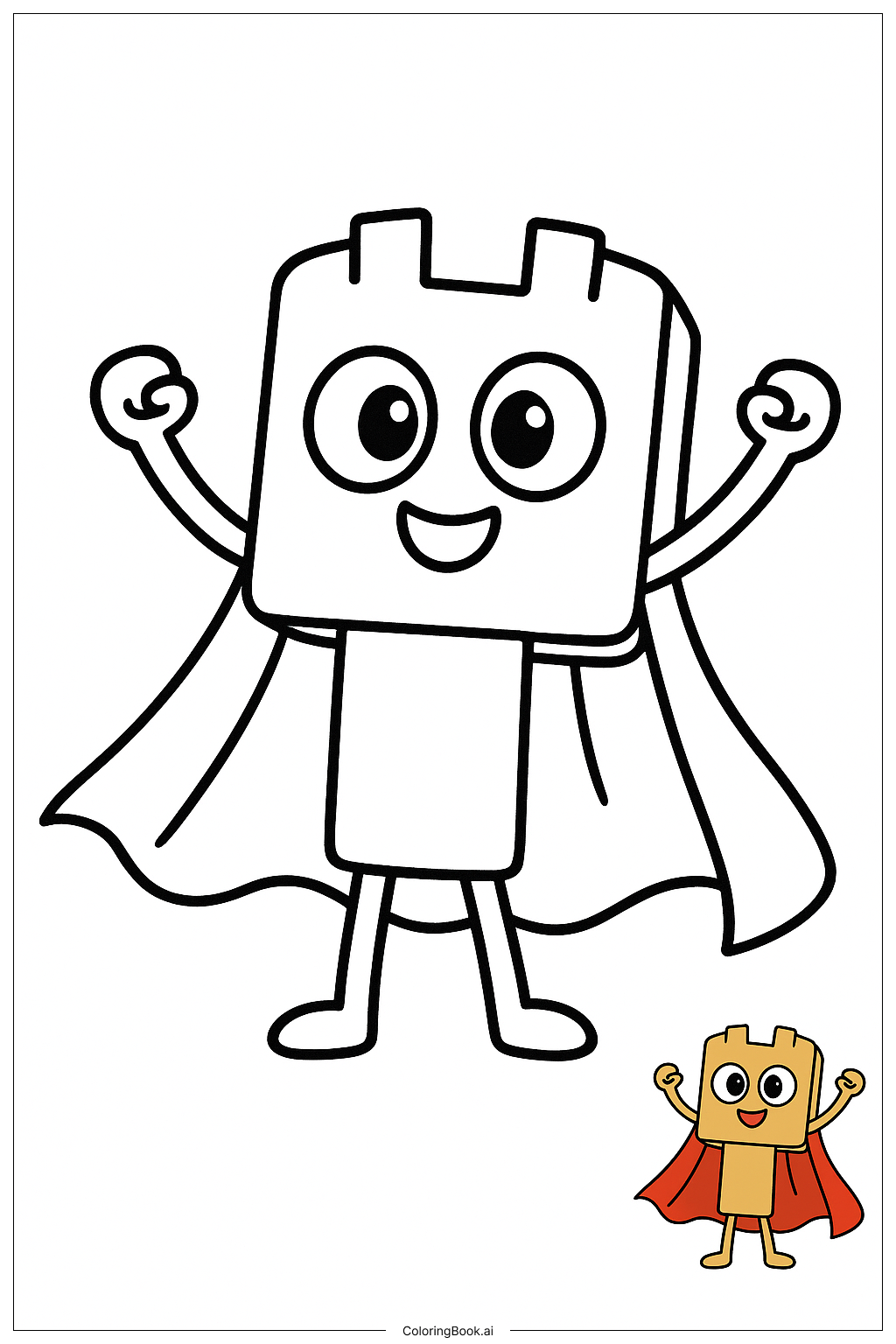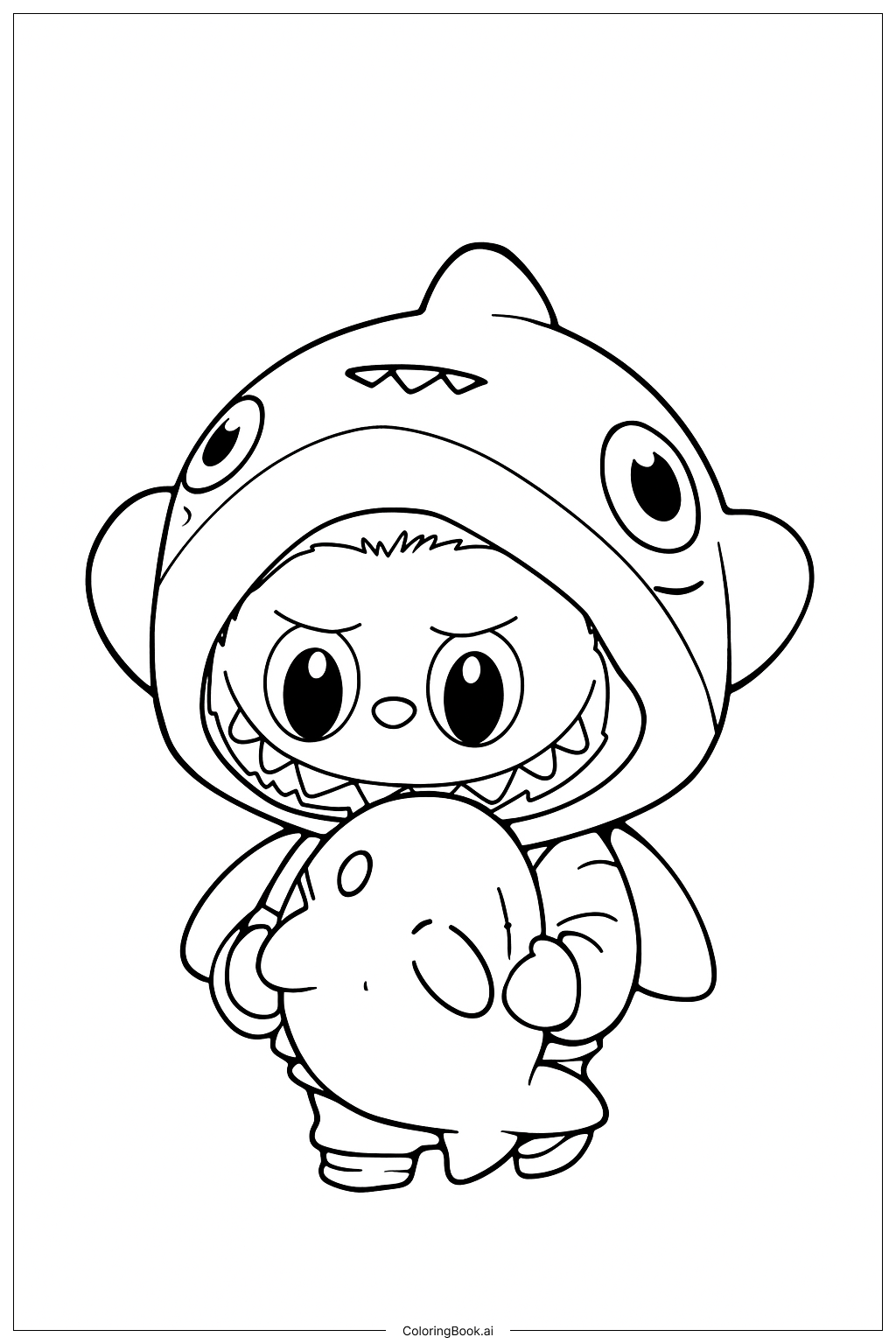Coloring tips: How to color Arctic Fox coloring page well?
Use light gray or white for the main body of the fox to show its arctic nature. Add some soft blue or light blue shades to parts of the body to give depth and a chilly feel. Color the nose and eyes black or very dark gray to make them stand out. You can use a soft pink shade inside the ears to add a cute touch. Try to avoid too many dark colors on the main body. Use clean and smooth strokes when coloring to keep the sharp edges neat and clear. This will help the fox look crisp and neat.
Coloring challenges: Which parts are difficult to color and need attention for Arctic Fox coloring page?
1. Maintaining clean edges around the straight lines can be challenging, especially for younger kids. Coloring within the sharp corners needs careful attention. 2. The small squares for the eyes and nose require precision to color neatly. 3. Adding shading or gradients could be tricky because the fox has block shapes that don’t bend or curve smoothly. 4. Staying consistent with the colors across different parts, like legs and body, may be difficult. 5. Texturing the fox to make it look soft or furry is hard with such a geometric design, which may be frustrating for some children.
Benefits of coloring books: Advantages of drawing Arctic Fox coloring page
Coloring this arctic fox helps children improve their fine motor skills as they color inside straight lines and small spaces. It encourages focus and patience to keep colors neat in sharp corners. The simple shapes promote understanding of geometric forms and spatial awareness. Using cool colors also helps kids learn about the environment of an arctic animal. This picture inspires creativity by allowing kids to choose different shades and try new color combinations. Overall, it supports development of art skills and concentration in a fun and rewarding way.
